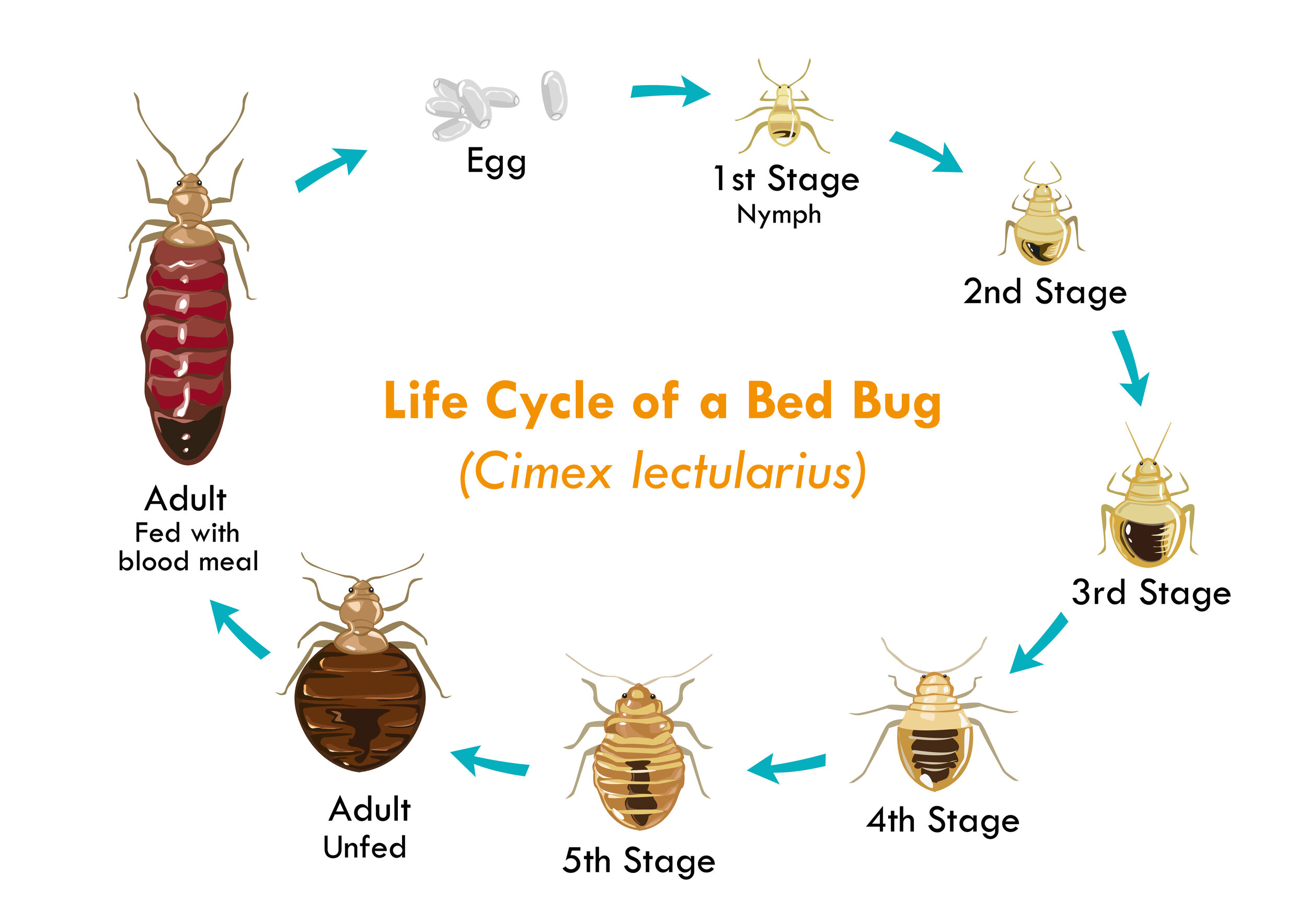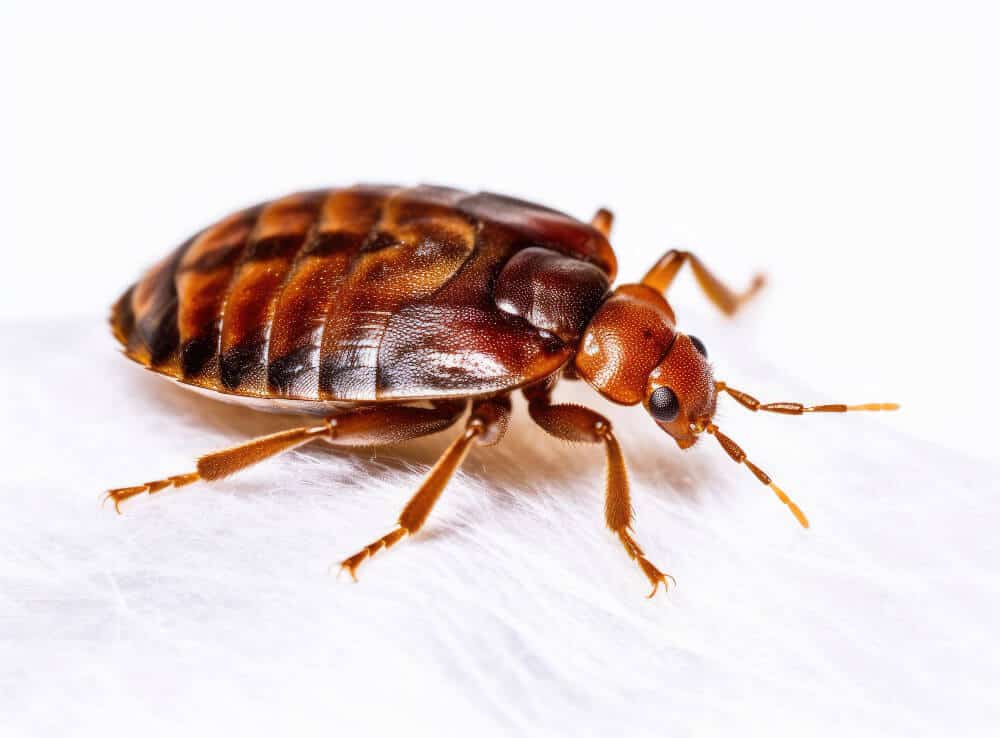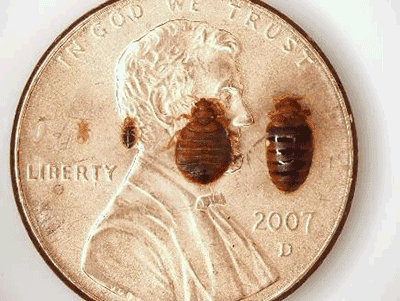Affordable A1 Bed Bug Removal in Houston - Specialist Exterminators
Affordable A1 Bed Bug Removal in Houston - Specialist Exterminators
Blog Article
Recognizing the Lifecycle of Insects for Targeted Control Techniques
Understanding the lifecycle of parasites is a basic facet of effective pest monitoring strategies. By understanding the different phases of growth that pests undergo, a more targeted and specific technique can be taken on to regulate their populations. This expertise not only drops light on the vulnerabilities within the pest lifecycle however also leads the way for executing tactical procedures that can disrupt their development and reproduction cycles. Through a deeper understanding of just how bugs grow and evolve, customized control methods can be designed to resolve specific points in their lifecycle, ultimately causing more successful parasite monitoring end results.
Relevance of Recognizing Bug Lifecycle
Understanding the lifecycle of insects is vital for developing effective and targeted control techniques in pest monitoring. By understanding the various stages a parasite goes through from egg to adult, parasite control professionals can recognize susceptible points in the lifecycle where treatment can be most effective.
Moreover, recognizing the details ecological conditions essential for each and every phase of the bug's lifecycle can lead choices on environment alteration or exemption approaches to reduce and interfere with the lifecycle parasite populaces. This knowledge makes it possible for pest administration professionals to carry out proactive measures rather than counting entirely on responsive treatments, bring about even more lasting and lasting parasite control remedies. Eventually, a comprehensive understanding of insect lifecycles empowers parasite control professionals to customize their methods successfully, lessening ecological effects and taking full advantage of control end results.
Key Stages in Bug Advancement
To properly apply targeted control approaches in parasite management, an important element lies in thoroughly determining and recognizing the essential stages in bug development. Parasite development usually includes several vital stages that are essential for their lifecycle and management. The initial stage is the egg phase, where insects lay eggs that later on hatch into larvae. Larvae after that advance into pupae, a phase where they go through transformation before becoming adult pests. Comprehending these stages is important as it assists in pinpointing weak spots in the lifecycle where control measures can be most effective.

Susceptabilities in Pest Lifecycle
Throughout the different stages of an insect's lifecycle, distinctive vulnerabilities arise that can be tactically targeted for reliable control procedures (A1 Bed bug Exterminator houston). One crucial vulnerability lies in the egg phase, where bugs are frequently more prone to particular insecticides or biological control agents due to their soft outer shell, making them simpler targets for intervention. Comprehending these susceptabilities in the insect lifecycle is important for establishing accurate and reliable control approaches that properly take care of parasite populations while decreasing ecological impact.
Carrying Out Targeted Control Measures

Implementing targeted control procedures normally involves a multi-faceted technique. This may consist of habitat adjustment to make the environment much less friendly to bugs, such as removing standing water for insect control or securing entry points for rodents. In addition, biological control methods can be used, where natural killers or virus are presented to keep bug populaces in check.
Chemical control, such as the cautious application of pesticides, is an additional usual technique. Nonetheless, it is vital to use these compounds sensibly to reduce ecological impact and possible harm to non-target varieties. Integrated Insect Management (IPM) methods that integrate different control measures in a coordinated and lasting manner are A1 Bed bug Exterminator houston commonly the most effective in accomplishing long-lasting pest monitoring objectives. By applying targeted control procedures based on a detailed understanding of insect lifecycles, pest populations can be properly regulated while decreasing risks to human health and the atmosphere.
Improved Parasite Management Practices

In addition, the incorporation of organic control representatives, such as all-natural predators or virus of insects, can assist decrease reliance on chemical pesticides and promote a more well balanced environment. Carrying out physical obstacles and traps can additionally become part of improved bug monitoring methods, supplying non-toxic and targeted solutions for pest control. Additionally, using scents and various other semiochemicals can interfere with pest mating patterns and communication, leading to minimized bug populations in time.
Final Thought
Finally, comprehending the lifecycle of parasites is essential for reliable pest administration techniques. By recognizing crucial phases in bug development and vulnerabilities in their lifecycle, targeted control steps can be implemented to decrease bug populaces. Enhanced bug administration methods can help in reducing the reliance on broad-spectrum pesticides and promote more ecologically pleasant and sustainable pest control techniques. This knowledge plays a vital duty in preserving healthy and balanced ecological communities and agricultural efficiency.
Comprehending the lifecycle of insects is vital for creating effective and targeted control techniques in pest monitoring. By comprehending the different phases a bug goes with from egg to grownup, bug control specialists can determine at risk factors in the lifecycle where treatment can be most effective. Ultimately, a comprehensive understanding of insect lifecycles empowers bug control professionals to customize their approaches effectively, minimizing ecological impacts and optimizing control outcomes.
By carrying out targeted control measures based on a thorough understanding of bug lifecycles, parasite populations can be successfully managed while lessening dangers to human wellness and the atmosphere.
By determining essential phases in pest growth and vulnerabilities in their lifecycle, targeted control measures can be executed to decrease bug populaces.
Report this page